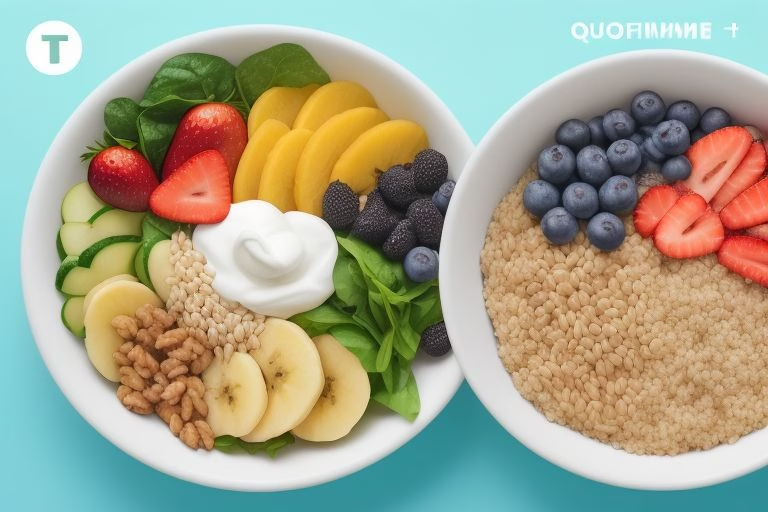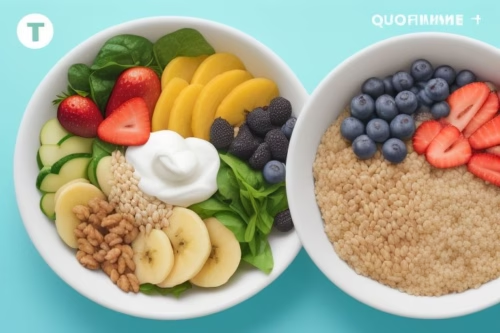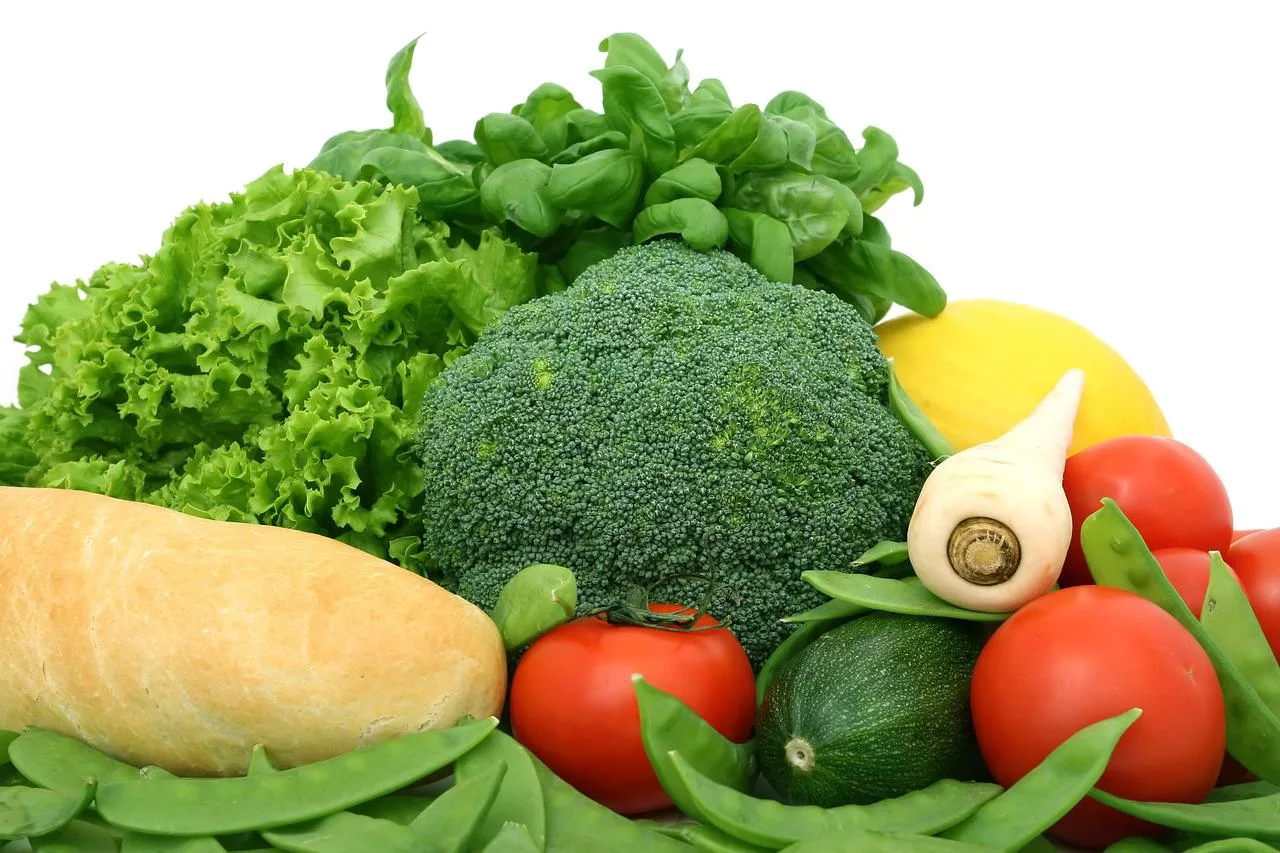
Introduction
Struggling with bloating, gas, or unpredictable digestion? You’re not alone. Millions of people suffer from gastrointestinal discomfort, especially those with irritable bowel syndrome (IBS). One dietary solution gaining significant attention for symptom relief is the FODMAP diet. But what is it, how does it work, and is it right for you? In this comprehensive guide, we’ll break down everything you need to know about the FODMAP diet—from the science behind it to practical meal ideas.

What is the FODMAP Diet?
Defining FODMAPs
FODMAP stands for Fermentable Oligosaccharides, Disaccharides, Monosaccharides, and Polyols. These are short-chain carbohydrates that are poorly absorbed in the small intestine, causing gas, bloating, and discomfort in some people.
These fermentable sugars include:
- Oligosaccharides (e.g., fructans, galacto-oligosaccharides)
- Disaccharides (e.g., lactose)
- Monosaccharides (e.g., excess fructose)
- Polyols (e.g., sorbitol, mannitol)
Purpose of the Diet
The FODMAP diet is not about cutting carbs or going gluten-free. Instead, it’s a targeted elimination diet developed by researchers at Monash University to help manage IBS symptoms.
How the FODMAP Diet Works
The Three Phases
- Elimination Phase:
- Reintroduction Phase:
- Slowly reintroduce FODMAP foods one group at a time to identify triggers.
- Maintenance Phase:
- Customize your diet based on personal tolerance, ensuring variety and nutritional balance.
Who Should Follow It?
- Individuals diagnosed with IBS, SIBO (Small Intestinal Bacterial Overgrowth), or other functional gut disorders.
- Always consult with a registered dietitian before beginning.
Benefits of the FODMAP Diet
- Reduces bloating and gas
- Improves regularity
- Decreases abdominal pain
- Improves quality of life for IBS sufferers
- Personalized nutrition insights
According to a 2014 study published in Gastroenterology, over 70% of IBS patients saw symptom improvement after following a low-FODMAP diet.
FODMAP Diet Food List
High-FODMAP Foods to Avoid
- Fruits: Apples, pears, mangoes, watermelon
- Vegetables: Onions, garlic, cauliflower, mushrooms
- Dairy: Milk, yogurt, soft cheeses
- Legumes: Lentils, chickpeas, kidney beans
- Grains: Wheat, rye, barley
- Sweeteners: Sorbitol, mannitol, xylitol
Low-FODMAP Foods You Can Eat
- Fruits: Bananas, strawberries, blueberries, oranges
- Vegetables: Carrots, spinach, zucchini, bell peppers
- Dairy Alternatives: Lactose-free milk, almond milk, hard cheeses
- Grains: Quinoa, oats, rice
- Proteins: Eggs, chicken, tofu (firm)
Sample Low-FODMAP Meal Plan
Day 1
Breakfast: Oatmeal with strawberries and lactose-free yogurt
Lunch: Grilled chicken with quinoa and spinach salad
Dinner: Baked salmon with roasted zucchini and rice
Snack: Banana with almond butter
Day 2
Breakfast: Scrambled eggs with gluten-free toast
Lunch: Turkey lettuce wraps with carrots and cucumber
Dinner: Tofu stir-fry with bell peppers and jasmine rice
Snack: Blueberries and a handful of walnuts
Common Concerns and Questions
Is the FODMAP Diet Gluten-Free?
Not necessarily. While some high-FODMAP foods contain gluten (like wheat), gluten itself is not a FODMAP. You can eat gluten-free foods, but focus on FODMAP content instead.
Can It Be Done Long-Term?
The elimination phase is temporary. The goal is to identify your personal triggers and create a sustainable, diverse eating plan.
Will I Get Enough Fiber?
Yes—by including low-FODMAP vegetables, fruits, and grains like oats, quinoa, and berries.
Is It Safe for Kids or During Pregnancy?
Only under medical supervision. Nutritional needs are more complex in these cases.
Tips for Success on the FODMAP Diet
- Work with a dietitian experienced in FODMAP protocol
- Use Monash University’s FODMAP app for food references
- Read labels carefully to spot hidden FODMAPs
- Plan meals ahead to reduce stress and temptation
- Journal your symptoms during reintroduction
FODMAP Diet and Gut Health
Research shows that high-FODMAP foods can increase gas production and alter gut microbiota in sensitive individuals. The diet helps reduce this fermentation, calming your digestive system. But it’s also important to slowly reintroduce foods to avoid long-term bacterial imbalance.
External Resources for More Information
- Monash University FODMAP Diet Guide
- International Foundation for Gastrointestinal Disorders
- American College of Gastroenterology
These reputable sources offer more detailed guidance and downloadable resources.
Final Thoughts
The FODMAP diet isn’t just a trend—it’s a scientifically backed method to regain control of your gut health. While it requires commitment and structure, the results can be life-changing for those struggling with digestive discomfort. By understanding your personal food triggers, you can eat confidently without the fear of IBS symptoms flaring up. Always remember: personalization is key, and working with a healthcare professional ensures you stay nourished while finding relief.



